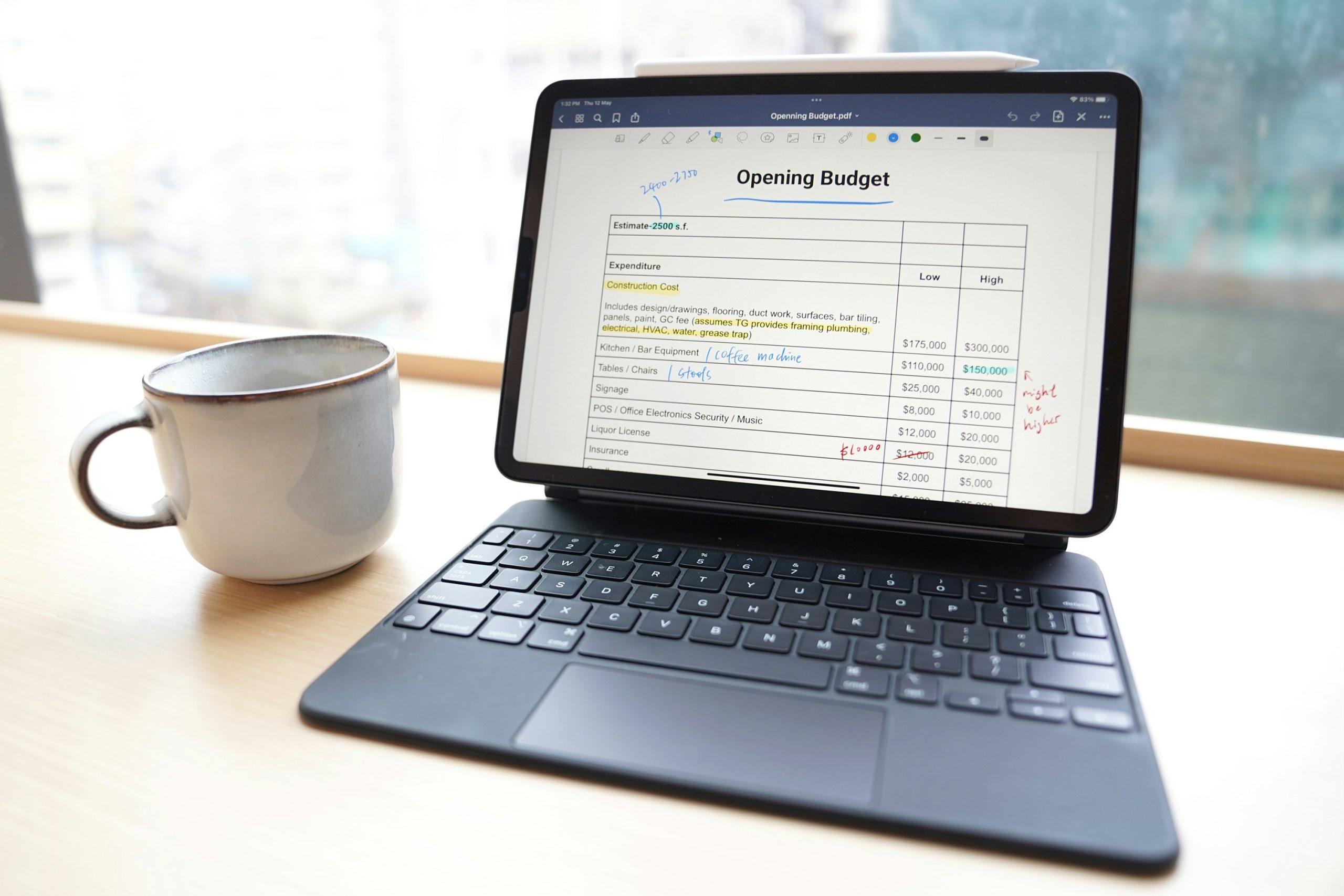In the U.S., a master’s degree is more than just a fancy diploma—it’s a ticket to career growth for teachers. Back in the 1960s, a bachelor’s degree was enough to secure a teaching job, but today, advanced credentials are key to standing out. According to the National Center for Education Statistics (2023), teachers with a master’s degree earn $10,000-$20,000 more per year than those with only a bachelor’s. Beyond the paycheck, a master’s opens doors to leadership roles like curriculum coordinator or principal. Yet, with graduate programs costing anywhere from $20,000 to $80,000, the price tag can feel like a mountain to climb on a teacher’s salary.
Saving for a master’s degree is a challenge, but it’s one worth tackling. Teachers are the backbone of our communities, juggling lesson plans, grading, and inspiring the next generation—all while managing tight budgets. In 2025, with rising costs and stagnant wages in many school districts, smart financial planning is more crucial than ever. This guide is for every teacher dreaming of that next step but wondering, “How can I afford it?” Let’s break it down with practical, no-nonsense tips to make your graduate school dreams a reality without breaking the bank.
The Financial Landscape of Graduate Education
A Look Back and Today’s Reality
The cost of higher education in the U.S. has skyrocketed since the 1980s, when a master’s degree might’ve cost less than $10,000 total. Fast forward to 2025, and the average Master’s in Education at a public university runs $15,000-$25,000 per year, while private institutions can hit $40,000 or more, per U.S. News & World Report. For teachers earning a median salary of $62,000 (Bureau of Labor Statistics, 2024), saving for grad school feels like squeezing water from a stone. On top of tuition, you’ve got books ($500-$1,000/year), fees, and sometimes commuting or relocation costs.
Despite the costs, the demand for advanced degrees remains strong. Many states, like California and New York, tie salary increases to additional credentials, making a master’s a smart investment. Online programs have also made grad school more accessible, with options like Arizona State University or Western Governors University offering flexible, lower-cost degrees. The catch? You still need a plan to save, and that starts with understanding the financial terrain.
What Makes Saving for a Master’s Unique
Unlike saving for a vacation or a new car, funding a master’s degree requires long-term commitment and strategic thinking. Here’s what sets it apart:
- High Stakes, High Reward: A master’s can boost your salary by 15-30% and qualify you for administrative roles, but the upfront cost is steep.
- Time Sensitivity: Many teachers want to complete their degree within a few years to capitalize on career opportunities, requiring aggressive savings.
- Competing Priorities: Teachers often balance family expenses, student loans, or retirement savings, making it hard to prioritize grad school.
Take Sarah, a 5th-grade teacher in Ohio, who saved $15,000 over three years for her Master’s in Education by cutting small expenses and tutoring on weekends. Her story shows that with focus, even a tight budget can stretch far.
Practical Steps to Build Your Grad School Fund
A Clear Path to Saving Smart
Saving for a master’s degree starts with a plan that fits your life. Here’s how to get started:
- Know Your Number: Calculate the total cost of your target program (e.g., $30,000 for a two-year degree). Include tuition, books, and any travel.
- Set a Timeline: If you need $30,000 in three years, aim for $10,000/year or $833/month. Adjust based on your income.
- Use the Right Tools: Open a high-yield savings account (e.g., Ally Bank, offering 4% interest in 2025) to grow your money faster. Automate monthly transfers to stay consistent.
- Leverage Windfalls: Use tax refunds, bonuses, or side hustle income (like tutoring at $25/hour) to boost your fund.
For example, a teacher earning $50,000/year could save $5,000 annually by cutting $200/month on dining out and adding $200/month from a side gig. That’s $15,000 in three years—half a typical program’s cost.
Finding Extra Cash Without Burnout
You don’t need to live on ramen to save. Try these teacher-friendly hacks:
- Trim Subscriptions: Cancel unused streaming services or share plans with family, saving $20-$50/month.
- Shop Smarter: Use cashback apps like Rakuten for school supplies or buy used books, saving $100-$200/year.
- Side Hustles That Fit: Grade papers for online platforms like Pearson ($15-$20/hour) or sell lesson plans on Teachers Pay Teachers.
- Negotiate Bills: Call your internet or phone provider to lower your plan—savings of $10-$30/month add up.
Pro tip: Use a budgeting app like PocketGuard to spot leaks in your spending without feeling overwhelmed.
Why a Master’s Degree is Worth the Effort
Standout Benefits That Drive Success
A master’s degree isn’t just a line on your resume—it’s a catalyst for growth. Here’s why it shines:
- Salary Boost: In districts like Chicago or Los Angeles, a master’s can increase your pay by $12,000-$18,000/year, paying off your investment in a few years.
- Career Flexibility: Move into roles like instructional coach or school administrator, where salaries often exceed $90,000 (BLS, 2024).
- Personal Impact: Teachers like Maria, a high school English teacher in Texas, say their master’s gave them confidence to lead professional development workshops.
What makes this attractive? It’s not just about money—it’s about gaining skills to inspire students and shape schools. Plus, with online and part-time programs, you can study without quitting your job.
Making It Happen on Your Terms
The allure of a master’s lies in its accessibility today. Programs tailored for working teachers, like those at Penn State World Campus, let you study at your pace. Scholarships, such as the TEACH Grant (up to $4,000/year for teachers in high-need areas), and employer tuition assistance (common in many districts) reduce the financial burden. The key is starting small—saving $50/month today can snowball into thousands over time. Every step you take brings you closer to a degree that transforms your career and your life.
Your Next Step to a Brighter Future
Saving for a master’s degree on a teacher’s budget is no small feat, but it’s absolutely doable with the right plan. By understanding the costs, setting clear goals, and making smart financial choices, you can fund your education without stress. Whether it’s cutting a few expenses, picking up a side hustle, or tapping into scholarships, every dollar saved is a step toward a higher salary and a more fulfilling career. Ready to make it happen? Share your savings tips in the comments below, or explore more career and finance advice on DoAspOr to keep your journey on track!



